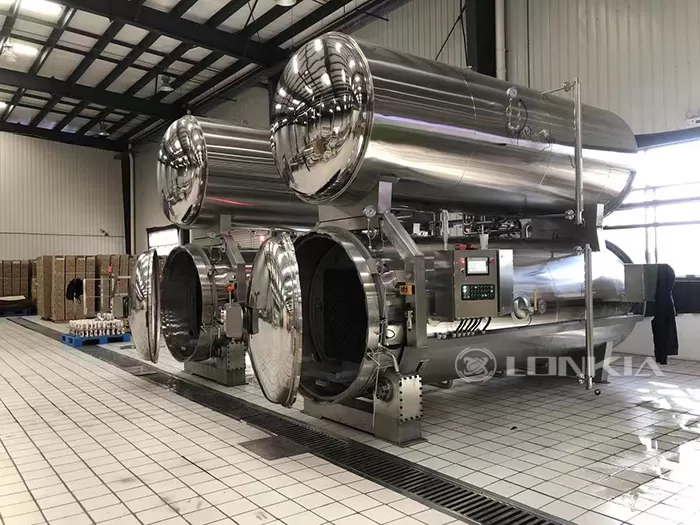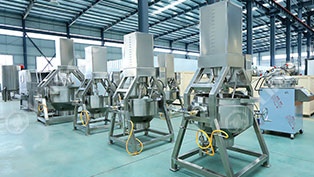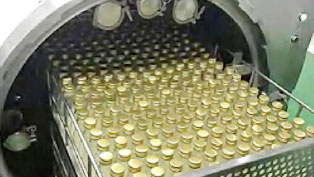The retort process is a crucial and sophisticated method used in the food and pharmaceutical industries to ensure product safety and stability. At LONKIA, we understand the significance of this process, and here's an in - depth look at how it functions.
1. Introduction to the Retort Process
The retort process is a form of thermal processing that aims to sterilize products. It is mainly used for packaged foods and certain pharmaceutical products to eliminate harmful microorganisms such as bacteria, yeasts, and molds. This process enables these products to have a long shelf - life without the need for refrigeration in many cases.
2. The Retort Equipment
The heart of the retort process is the retort vessel. These vessels are designed to withstand high pressures and temperatures. They are usually made of high - quality stainless steel and are equipped with various systems. There are different types of retort systems, including batch retorts and continuous retorts. Batch retorts are suitable for smaller - scale production or for processing a variety of products in separate batches. Continuous retorts, on the other hand, are more efficient for large - volume production lines.
Heating Systems
Retorts are equipped with heating systems that can use steam, hot water, or a combination of both. Steam is a commonly used heating medium due to its high heat transfer efficiency. The heat source heats the retort vessel and the product within it.
Temperature and Pressure Control
Precise temperature and pressure control mechanisms are integral to the retort process. Sensors are installed within the retort to monitor these parameters. The ability to control temperature and pressure accurately ensures that the sterilization process is effective without over - or under - processing the product. For example, in the food industry, maintaining the right temperature profile is crucial to preserve the taste, texture, and nutritional value of the food.

3. The Process Steps
Loading the Products
The first step in the retort process is loading the products into the retort vessel. The products are usually pre - packaged in containers that are suitable for the retort process, such as cans, pouches, or glass jars. These containers are carefully placed within the retort in a way that allows for even heat distribution during the process.
Heating Phase
Once the products are loaded, the heating process begins. The heat is gradually increased to the desired sterilization temperature. The rate of heating depends on the type of product, the packaging material, and the size of the load. During this phase, the temperature within the retort and the product rises, and the microorganisms start to be affected by the heat.
Holding Phase
After reaching the sterilization temperature, the product is held at this temperature for a specific period. This holding time is calculated based on factors such as the type of microorganism to be eliminated, the initial microbial load, and the nature of the product. For example, a high - acid food product may require a shorter holding time compared to a low - acid food product.
Cooling Phase
After the holding phase, the product needs to be cooled down quickly to prevent over - cooking or degradation of the product. Cooling is achieved by introducing cold water or a cooling medium into the retort system. This rapid cooling also helps to maintain the integrity of the packaging.
4. Quality Assurance and Monitoring
Throughout the retort process, quality assurance is of utmost importance. Regular monitoring of temperature, pressure, and other parameters is carried out. Additionally, samples of the processed products may be taken for microbiological testing to ensure that the sterilization process has been effective.
In conclusion, the retort process is a complex yet highly effective method for sterilizing products. At LONKIA, we are dedicated to providing advanced retort equipment and solutions that ensure the highest quality and safety standards in the production of retorted products in the food and pharmaceutical industries.



